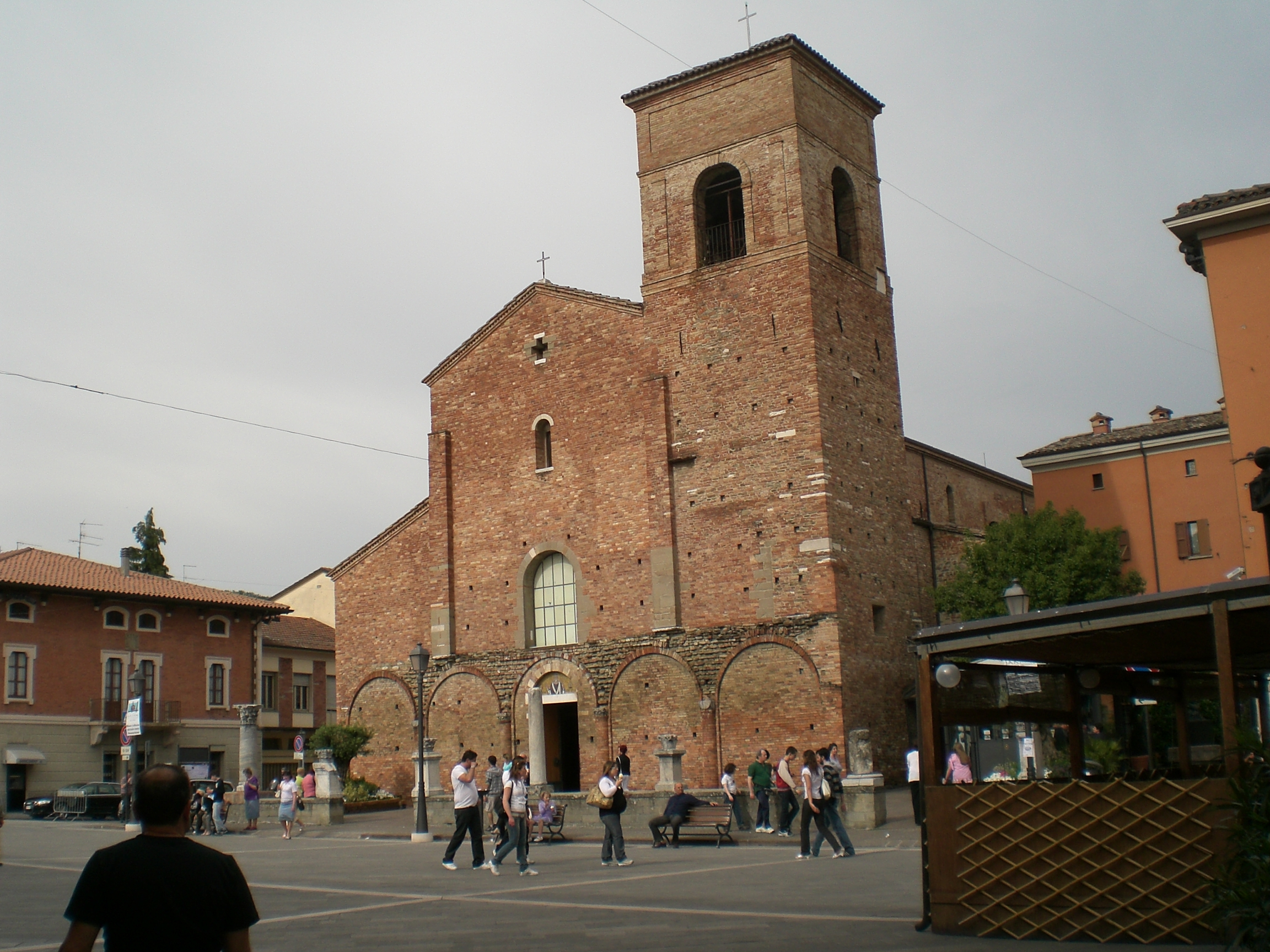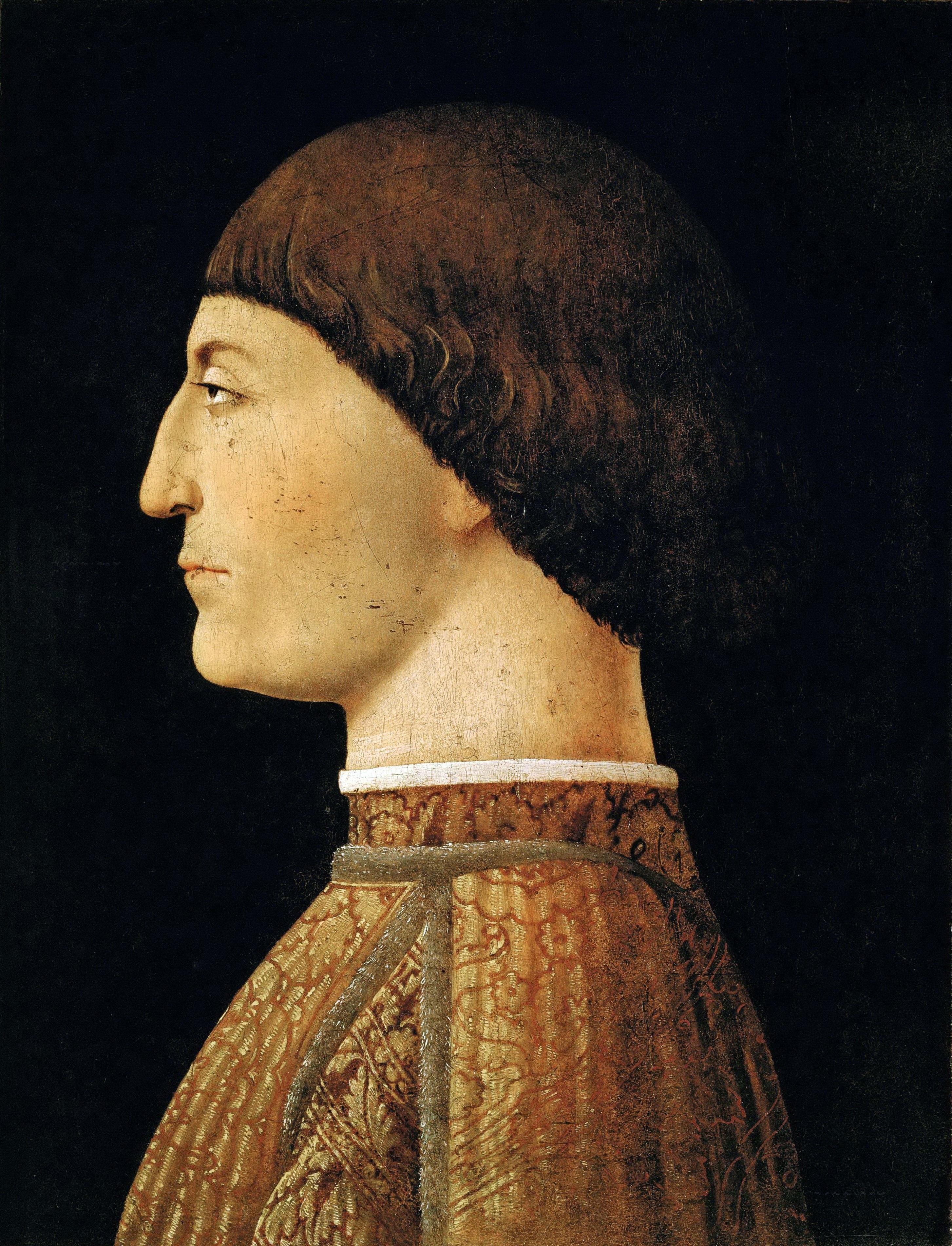|
Sassina
Sarsina ( rgn, Sêrsna) is an Italian town situated in the province of Forlì-Cesena, Emilia-Romagna, northern Italy. Its territory is included in the Tuscan-Romagnolo Apennines. History Ancient Sarsina or Sassina was a town of the Umbri. Captured by Cornelius Scipio in 271 BC, it became later a ''municipium'' of the Roman empire. In 266 BC Roman ''consuls'' celebrated a triumph over the Sassinates. It is mentioned in the ''Fasti'', and in the enumeration of the Italian allies of the Romans in 225 BCE the Umbri and ''Sassinates'' are mentioned, on an equal footing, as providing 20,000 men between them. It is possible that the ''tribus Sapinia'' (the name of which is derived from the river Sapis) mentioned by Livy in the account of the Roman marches against the Boii in 201 BC and 196 BC formed a part of the Sassinates. The playwright Plautus was native of Sassina. The town had a strategic importance, as inscriptions, preserved in the local museum, show. Its milk is frequent ... [...More Info...] [...Related Items...] OR: [Wikipedia] [Google] [Baidu] |
Saint Vicinius
Saint Vicinius or Saint Vicinius of Sarsina ( it, San Vicinio di Sarsina; died 330) was the first bishop of Sarsina and is venerated as a Roman Catholic saint. Hagiography Vicinius's life is based on notes in an anonymous manuscript lectionary of the 12th century. Vicinius, traditionally the first bishop of Sarsina, is supposed to have been a native of Liguria. Shortly before the great persecutions of Diocletianic persecution, Diocletian and Maximinus II, he withdrew as a hermit to a mountain about six kilometres from Sarsina which is now named after him (Monte San Vicinio, in the present commune of Mercato Saraceno). Here he followed a life of prayer and penitence. While the priests and people of Sarsina were assembled to choose a bishop, a divine sign appeared over the mountain top. In this way the solitary Vicinius was appointed bishop, from the beginning of the fourth century (about 303) to his death in 330. Even after his election Vicinius periodically withdrew to the mount ... [...More Info...] [...Related Items...] OR: [Wikipedia] [Google] [Baidu] |
Cathedral Of St Vicinius
Sarsina Cathedral ( it, Duomo di Sarsina; Basilica Concattedrale di Santa Maria Annunziata) is a Roman Catholic cathedral in Sarsina, a municipality in the province of Forlì-Cesena, region of Emilia-Romagna, Italy, dedicated to the Annunciation of the Virgin Mary. Formerly the seat of the Bishops of Sarsina, since 1986 it has been a co-cathedral of the Diocese of Cesena-Sarsina. History This church likely dates to the 10th century, when a Romanesque structure in brick was begun. The lunette above the entrance portal has a modern mosaic depicting Saint Vicinius wearing a bishop's mitre and holding a chain. The façade remains unfinished. The interior nave is generally austere. Chapels added to the lateral aisles, include a chapel (1693) dedicated to the ''Virgin of the Rosary'' with a 17th-century altarpiece with 14 small paintings depicting the ''Mysteries of the Rosary''. On the left nave is also the chapel of the Sacrament (1555), with a Renaissance-style altar. The presb ... [...More Info...] [...Related Items...] OR: [Wikipedia] [Google] [Baidu] |
House Of Malatesta
) , type= Noble house , country=ItalySan Marino, estates= Castel Sismondo (Rimini) Rocca Malatestiana (Cesena) , titles=, founded=, founder=Malatesta da Verucchio, final ruler=Pandolfo IV Malatesta, deposition=, dissolution= The House of Malatesta was an Italian family that ruled over Rimini from 1295 until 1500, as well as (in different periods) other lands and towns in Romagna and holding high positions in the government of cities in present day Tuscany, Lombardy and Marche. The dynasty is considered among the most important and influential of the Late Middle Ages. In the period of maximum influence, they extended their domains along the Marche coast, up to Ascoli Piceno, Senigallia, Sansepolcro and Citerna, and to the north, on the territories of Bergamo and Brescia. History The family's progenitor is said to be Rodolfo of Carpegna whose fighting spirit yielded him the sobriquet ''mala testa'' ("bad head"). From 1004 on he built a castle on the rock of Pennabilli. In th ... [...More Info...] [...Related Items...] OR: [Wikipedia] [Google] [Baidu] |
Grebenstein
Grebenstein () is a town in the district of Kassel, in Hesse, Germany. It is located 16 km northwest of Kassel on the German Timber-Frame Road. In 1762 it was the scene of a skirmish between British and French troops during the Seven Years' War The Seven Years' War (1756–1763) was a global conflict that involved most of the European Great Powers, and was fought primarily in Europe, the Americas, and Asia-Pacific. Other concurrent conflicts include the French and Indian War (175 .... Gallery Image:Grebenstein Stadtmauer 01.jpg, One of the historic towers on the town wall Image:Grebenstein parish church, 2005.jpg, Parish church, 2005 References External links City's Homepage Kassel (district) {{Hesse-geo-stub ... [...More Info...] [...Related Items...] OR: [Wikipedia] [Google] [Baidu] |
Rumi
Jalāl al-Dīn Muḥammad Rūmī ( fa, جلالالدین محمد رومی), also known as Jalāl al-Dīn Muḥammad Balkhī (), Mevlânâ/Mawlānā ( fa, مولانا, lit= our master) and Mevlevî/Mawlawī ( fa, مولوی, lit= my master), but more popularly known simply as Rumi (30 September 1207 – 17 December 1273), was a 13th-century PersianRitter, H.; Bausani, A. "ḎJ̲alāl al-Dīn Rūmī b. Bahāʾ al-Dīn Sulṭān al-ʿulamāʾ Walad b. Ḥusayn b. Aḥmad Ḵh̲aṭībī." Encyclopaedia of Islam. Edited by: P. Bearman, Th. Bianquis, C.E. Bosworth, E. van Donzel and W.P. Heinrichs. Brill, 2007. Brill Online. Excerpt: "known by the sobriquet Mewlānā, persian poet and founder of the Mewlewiyya order of dervishes" poet, Hanafi faqih, Islamic scholar, Maturidi theologian and Sufi mystic originally from Greater Khorasan in Greater Iran. Rumi's influence transcends national borders and ethnic divisions: Iranians, Tajiks, Turks, Greeks, Pashtuns, other C ... [...More Info...] [...Related Items...] OR: [Wikipedia] [Google] [Baidu] |
Mysticism
Mysticism is popularly known as becoming one with God or the Absolute, but may refer to any kind of ecstasy or altered state of consciousness which is given a religious or spiritual meaning. It may also refer to the attainment of insight in ultimate or hidden truths, and to human transformation supported by various practices and experiences. The term "mysticism" has Ancient Greek origins with various historically determined meanings. Derived from the Greek word μύω ''múō'', meaning "to close" or "to conceal", mysticism referred to the biblical, liturgical, spiritual, and contemplative dimensions of early and medieval Christianity. During the early modern period, the definition of mysticism grew to include a broad range of beliefs and ideologies related to "extraordinary experiences and states of mind." In modern times, "mysticism" has acquired a limited definition, with broad applications, as meaning the aim at the "union with the Absolute, the Infinite, or God". This li ... [...More Info...] [...Related Items...] OR: [Wikipedia] [Google] [Baidu] |
Ennio Morricone
Ennio Morricone (; 10 November 19286 July 2020) was an Italian composer, orchestrator, conductor, and trumpeter who wrote music in a wide range of styles. With more than 400 scores for cinema and television, as well as more than 100 classical works, Morricone is widely considered one of the most prolific and greatest film composers of all time. His filmography includes more than 70 award-winning films, all Sergio Leone's films since ''A Fistful of Dollars'', all Giuseppe Tornatore's films since '' Cinema Paradiso'', ''The Battle of Algiers'', Dario Argento's ''Animal Trilogy'', ''1900'', '' Exorcist II'', ''Days of Heaven'', several major films in French cinema, in particular the comedy trilogy '' La Cage aux Folles I'', '' II'', '' III'' and ''Le Professionnel'', as well as '' The Thing'', ''Once Upon a Time in America'', '' The Mission'', ''The Untouchables'', ''Mission to Mars'', '' Bugsy'', ''Disclosure'', ''In the Line of Fire'', ''Bulworth'', ''Ripley's Game'', and ''Th ... [...More Info...] [...Related Items...] OR: [Wikipedia] [Google] [Baidu] |
Sarsina Cathedral
Sarsina Cathedral ( it, Duomo di Sarsina; Basilica Concattedrale di Santa Maria Annunziata) is a Roman Catholic cathedral in Sarsina, a municipality in the province of Forlì-Cesena, region of Emilia-Romagna, Italy, dedicated to the Annunciation of the Virgin Mary. Formerly the seat of the Bishops of Sarsina, since 1986 it has been a co-cathedral of the Diocese of Cesena-Sarsina. History This church likely dates to the 10th century, when a Romanesque architecture, Romanesque structure in brick was begun. The lunette above the entrance portal has a modern mosaic depicting Saint Vicinius wearing a bishop's mitre and holding a chain. The façade remains unfinished. The interior nave is generally austere. Chapels added to the lateral aisles, include a chapel (1693) dedicated to the ''Virgin of the Rosary'' with a 17th-century altarpiece with 14 small paintings depicting the ''Mysteries of the Rosary''. On the left nave is also the chapel of the Sacrament (1555), with a Renaissance-sty ... [...More Info...] [...Related Items...] OR: [Wikipedia] [Google] [Baidu] |
Aldobrandini
The House of Aldobrandini is an Italian noble family originally from Florence, where in the Middle Ages they held the most important municipal offices. Now the Aldobrandini are resident in Rome, with close ties to the Vatican. History Their Roman fortunes were made when Ippolito Aldobrandini became pope under the name Pope Clement VIII. He arranged the marriage that linked the Aldobrandini with the Roman family of Pamphili. They were also linked to marriage alliances with the Farnese ( Ranuccio I, duke of Parma, had married Margherita Aldobrandini) and Borghese (since Olimpia Aldobrandini married Paolo Borghese). The family also lends its name to the Palazzo Aldobrandini on the Quirinal Hill. The Aldobrandini family, having reached the height of its powers when Ippolito Aldobrandini became Pope Clement VIII (1592–1605), began the building of the villa. In 1600 Clement VIII acquired the Orti Vitelli on the Quirinal hill and in 1601 donated the property to his Cardinal-neph ... [...More Info...] [...Related Items...] OR: [Wikipedia] [Google] [Baidu] |
Pio Di Meldola
Pio may refer to: Places * Pio Lake, Italy * Pio Island, Solomon Islands * Pio Point, Bird Island, south Atlantic Ocean People * Pio (given name) * Pio (surname) * Pio (footballer, born 1986), Brazilian footballer * Pio (footballer, born 1988), Brazilian footballer PIO * Programmed input–output, a method of computer data transmission * Public information officer of a government department * Non-resident Indian and person of Indian origin, Person of Indian Origin not living in India * Pilot-induced oscillation, an undesirable phenomenon in aircraft control Other uses * Pio, prefix of 250 Octet (computing), octets, a unit of information in computer science See also * Pi O or П. O., Greek-Australian poet born 1951 {{Disambiguation, geo ... [...More Info...] [...Related Items...] OR: [Wikipedia] [Google] [Baidu] |
Feoffment
In the Middle Ages, especially under the European feudal system, feoffment or enfeoffment was the deed by which a person was given land in exchange for a pledge of service. This mechanism was later used to avoid restrictions on the passage of title in land by a system in which a landowner would give land to one person for the use of another. The common law of estates in land grew from this concept. Etymology The word ''feoffment'' derives from the Old French or ; compare with the Late Latin . England In English law, feoffment was a transfer of land or property that gave the new holder the right to sell it as well as the right to pass it on to his heirs as an inheritance. It was total relinquishment and transfer of all rights of ownership of an estate in land from one individual to another. In feudal England a feoffment could only be made of a fee (or "fief"), which is an estate in land, that is to say an ownership of rights over land, rather than ownership of the land itself, ... [...More Info...] [...Related Items...] OR: [Wikipedia] [Google] [Baidu] |




